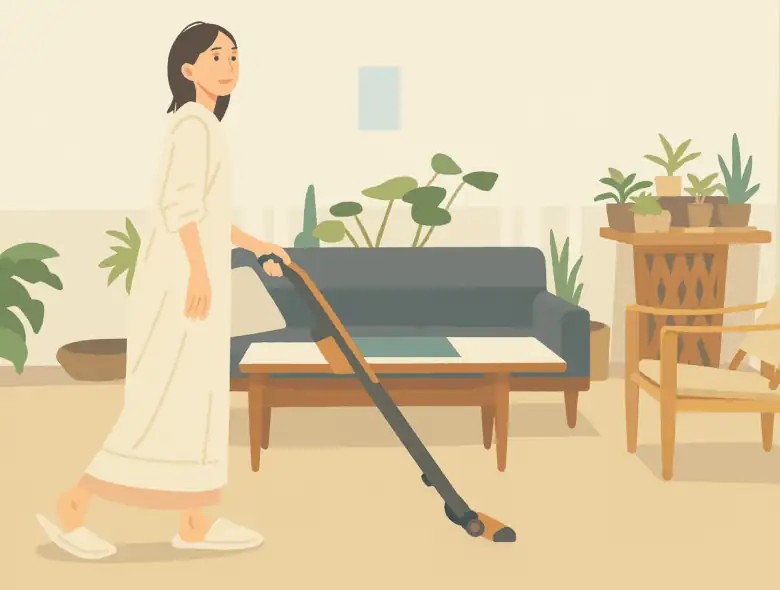As the intense summer heat subsides and the season starts to change, it’s the perfect time to do some maintenance for your home. It’s especially important to check the condition of areas that often get overlooked, such as dirt in air conditioners and dehumidifiers after having been overused during the summer, mold caused by humidity, as well as buildup in drains.
In this article, we’ll highlight some key areas in your rental home that you should do some maintenance on by the end of summer. Be sure to use it as a reference to ensure a smooth and comfortable start to your life in the autumn season.
At Village House, we offer a wide selection of wonderful rental properties all across Japan, starting from just ¥20,000. If you’re looking for a new home, be sure to check out our website!
Cleaning and maintenance of the air conditioner
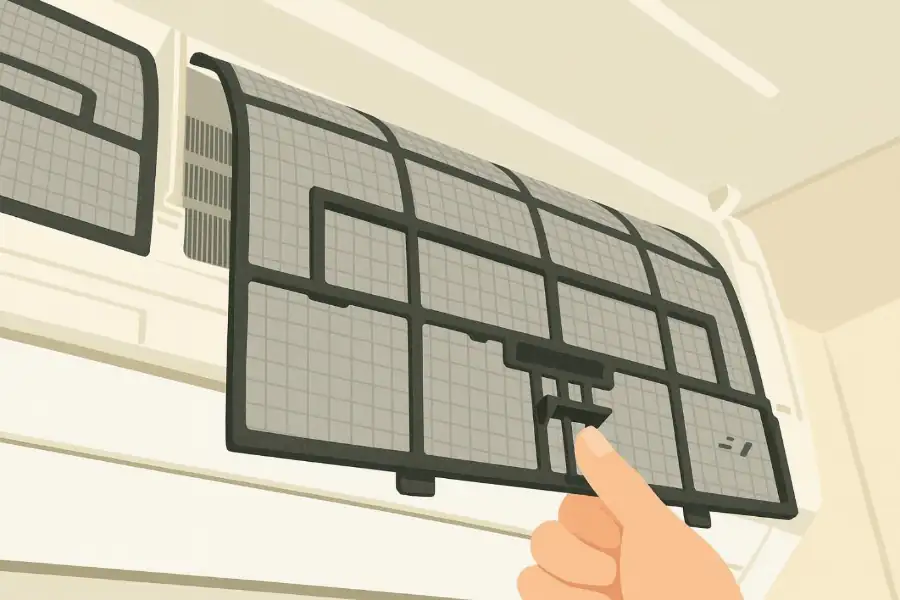
Once summer ends and you no longer use your air conditioner for cooling, it’s time to give it some maintenance so that you will be able to use it comfortably the following year.
AC filter cleaning
The air conditioner’s filter plays a crucial role in catching dust and dirt in the air and keeping the air in the room clean. Therefore, if the filter becomes dirty or clogged, it can reduce the unit’s cooling and heating efficiency, increasing energy consumption, which then leads to higher electricity bills.
How to clean an AC filter:
- Remove the filter and use a vacuum cleaner or brush to get rid of dust.
- Once all the large dust particles are gone, rinse the filter with water.
- Use a mild dishwashing detergent and an old toothbrush to scrub it thoroughly.
- Once clean, rinse off all the detergent carefully and let the filter dry completely before putting it back.
Drying the inside of the air conditioner
Mold tends to grow inside air conditioners due to condensation caused by the difference in temperature between cold air and room temperature. Moisture and dust tend to accumulate inside, creating the perfect environment for mold to thrive.
During the summer, the constant airflow while the unit is operating helps suppress mold growth to some extent. However, once you stop using the AC, only the leftover moisture remains inside, and if left unchecked, mold can spread rapidly. If you leave it as it is, not only will there be an unpleasant odor when you start using the unit again the following season, but it may also cause health issues such as mold allergies and mold hypersensitivity, which is why it is important to be careful.
To solve this, at the end of summer, when you will no longer be using the air conditioner, use the “fan mode” or “internal cleaning” function to thoroughly dry the inside to prevent mold growth. A good rule of thumb is to run the AC in fan mode for about 60 to 120 minutes after cleaning the filter.
Removing mold
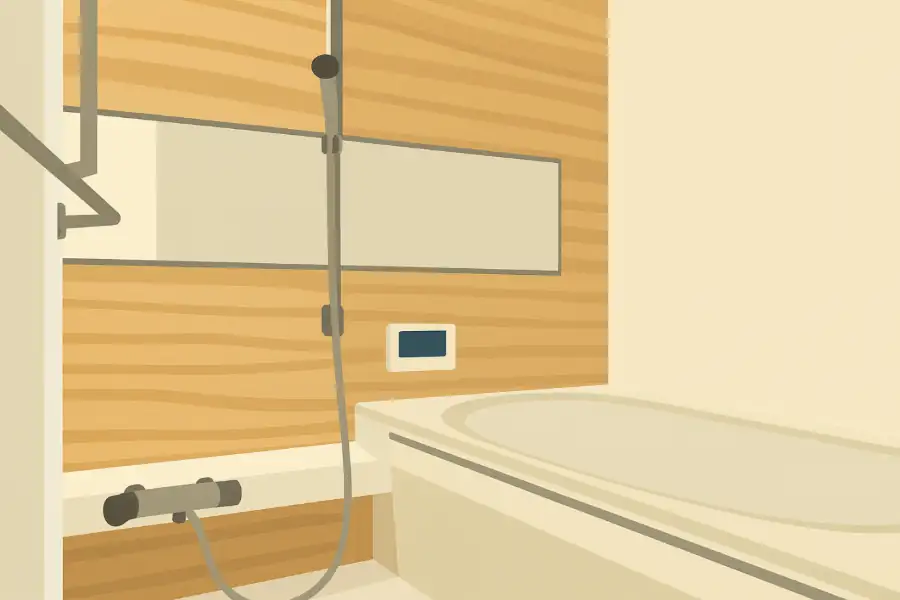
As humidity rises from the rainy season through summer, mold tends to grow in areas like bathrooms and under the kitchen sink. Visible mold is a concern, of course, but there’s also a chance that invisible spores have spread to hidden areas. That’s why it’s essential to remove mold thoroughly by the end of summer.
Cleaning the bathroom
◾️Using mild detergent
If the mold is light and only faintly visible, apply mild detergent to a soft brush or sponge and gently scrub the moldy areas to clean. After cleaning, be sure to rinse thoroughly with water and allow the areas to dry completely.
◾️Using chlorine-based bleach
If the mold is dark and appears to be deep-rooted, a chlorine-based bleach is more effective. When using bleach, be sure to follow the steps below for proper and safe cleaning.
How to remove mold:
- Wear rubber gloves, a mask, and protective goggles.
- Open the windows or turn on the exhaust fan to ensure proper ventilation.
- Spray a chlorine-based bleach directly onto the moldy areas.
- Leave it for 20-30 minutes.
- Gently rinse off in the shower and be careful not to splash water.
For mold on vertical surfaces, like on rubber seals around the bathroom door, placing a damp paper towel over the area before spraying the bleach will allow the chemicals to penetrate more easily, making the treatment more effective.
◾️Mold on the ceiling
Do not use bleach on the ceiling as it can be dangerous if it drips. Instead, use mild detergent or ethanol with a floor mop or bathroom sponge wrapped in a cloth to wipe it off.
For more info, check out our blog: 6 Ways to Avoid Mold Growth in Your Apartment
Ventilating the closet
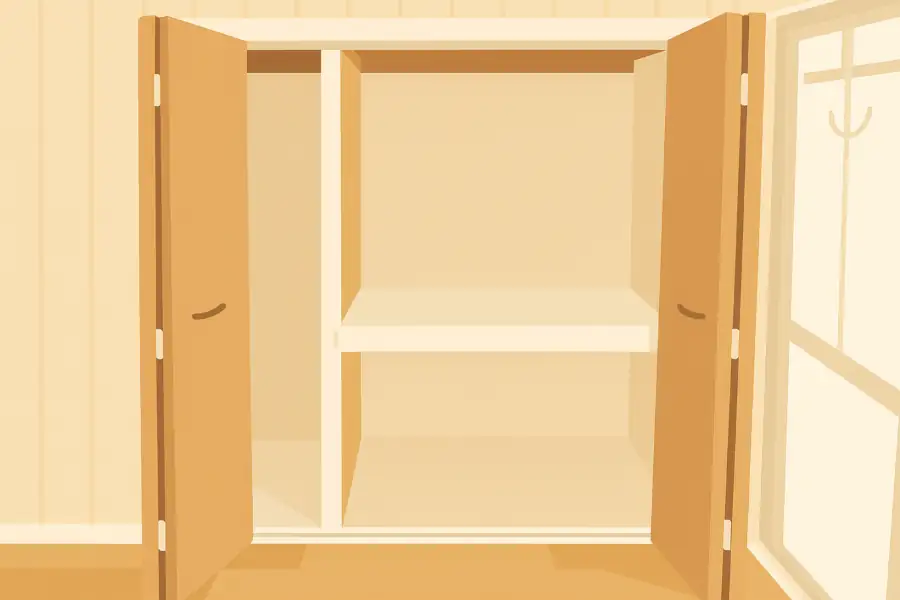
Closets and storage areas are enclosed spaces where heat and humidity tend to easily build up. On top of that, dust and body oils that cling to clothes, bedding, or other fabrics can become a food source for mold. As a result, mold can begin to grow without you even noticing.
If mold starts developing in a closet or storage area, it can quickly spread to your clothing, furniture, and other stored items. Thus, it is important to take measures early. Since regular ventilation is essential, make sure to habitually open the doors from time to time to let air circulate. Pay special attention to the ventilation during seasonal changes or high humidity periods, when air tends to get trapped more easily.
How to clean a closet:
- Empty the closet.
- Wipe the entire closet with damp kitchen paper.
- Wipe again with ethanol disinfectant.
- Remove any stubborn mold with sandpaper.
- Once done cleaning, allow air to circulate and dry out the inside of the closet.
Drain maintenance
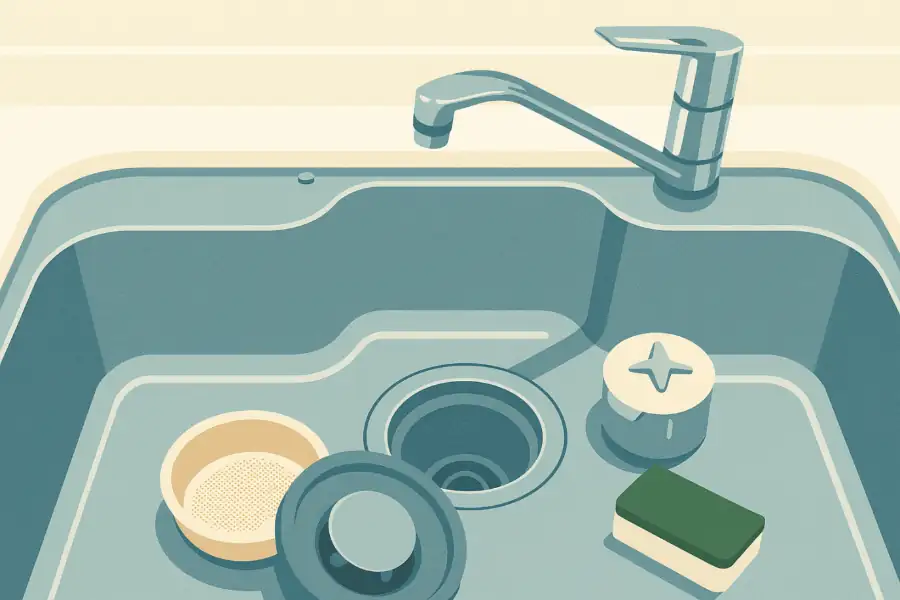
Drains in areas like the kitchen, sinks, and bathrooms are prone to dirt buildup from everyday use. Since the high humidity from the rainy season to summer is an ideal time for bacteria and mold to grow, if left uncleaned, drains can develop slime, foul odors, and even poor drainage, which can have a negative impact on your health. Therefore, it’s best to thoroughly clean them by the end of summer.
How to clean a drain:
- Remove the drain cover, strainer, and drain trap.
- Use an old toothbrush or sponge with mild detergent to scrub and rinse the removed parts and the inside of the drain.
- Reassemble the parts.
If you prefer not to use mild detergent, baking soda and citric acid make a good alternative.
For more info, check out our blog: Bathtub Troubles: How to Remove Clogs
Dehumidifier maintenance
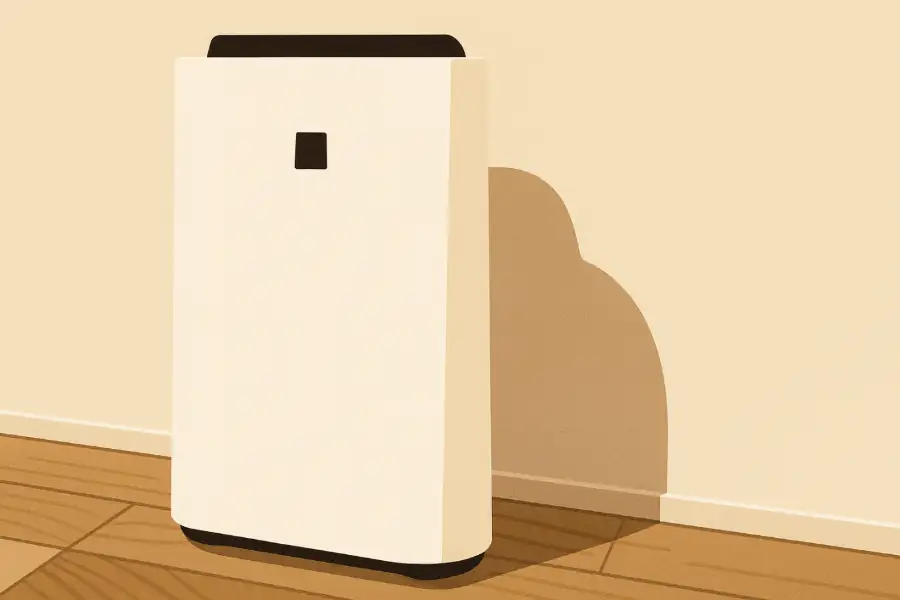
Dehumidifiers are extremely useful for preventing humidity during the rainy season and extreme heat. However, it is precisely in autumn, when they are no longer in use, that proper maintenance is required.
If left unattended without maintenance, the moisture and dust that have accumulated inside can lead to mold growth and unpleasant odors. To ensure it works comfortably again the following year, be sure to do some maintenance by the end of summer.
How to clean a dehumidifier filter (ideally once every two weeks):
- Remove dust using a vacuum cleaner.
- If it is heavily soiled, rinse with water.
- For deeper cleaning, wash with mild detergent.
- Rinse thoroughly and let it dry completely.
*Since the maintenance methods may vary depending on the model, please refer to the user manual.
How to clean the tank (to prevent slime and limescale):
- Remove the tank and rinse it lightly with water.
- Sprinkle baking soda and spray with citric acid water.
- Scrub off the loosened dirt with a sponge.
- Rinse with water and let it dry in the shade.
At Village House, there are no security deposits, key money, handling fees, or renewal fees*. If you’re looking to save on initial costs, please feel free to contact us!
*Depending on the contract details and screening results, a security deposit may be required.
Related articles:

Hello, I’m Machiko Doi, a freelance writer who writes about housing and living in Japan.
I live in an 80-year-old house that I inherited from my grandparents along with my two shelter cats and daughter.
We live a relaxed life while repairing the house.
I like to cook vegetables from the garden and fresh fish caught by my father, and enjoy them with cold beer on a hot day or hot sake on a cold day.


